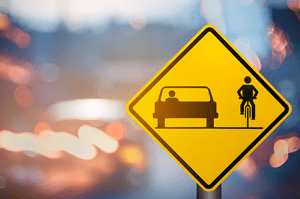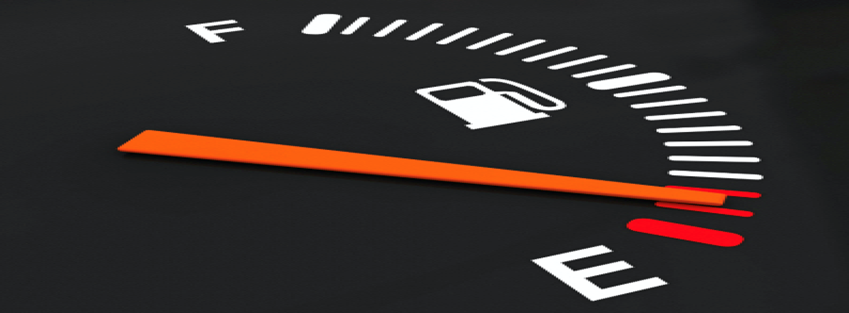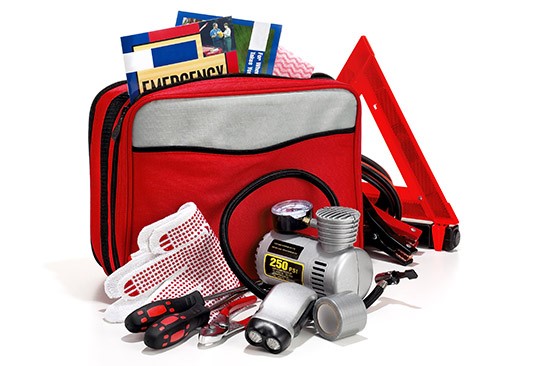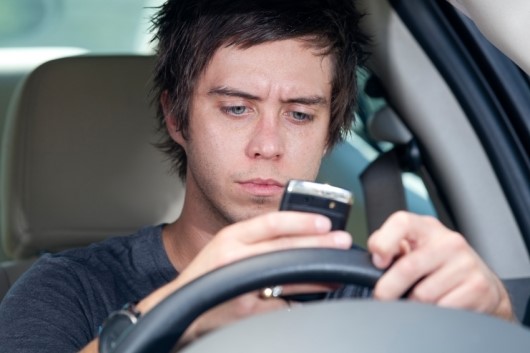By Rich Ellis
Share the Road – Watch for Bikes and Motorcyclists
In 2017, more than 700 bicyclists died in accidents, according to the National Highway Traffic Safety Administration (NHTSA). That number is even higher for motorcyclists, says the Insurance Information Institute (III), with more than 5,000 dying on the road annually.
Preventing collisions between motorcycles, bikes and other vehicles is the key to reducing traffic injuries and fatalities. It begins with maintaining an increased awareness of and respect for their presence on the roads.
Tips to Avoid Bike Collisions:
- Most bike collisions occur when a vehicle is turning, so always look to your right and to the rear when making a right turn, particularly at stop lights and stop signs.
- Stay well behind a bicyclist until it’s safe to pass. While laws vary by state, many have established “safe zones” that require drivers to stay a least three feet away from bicyclists at all times.
- Bikes are considered vehicles and have just as much right to be on the road as you do. Treat them as such, and follow all applicable traffic laws when interacting with them. At the same time, bicyclists are also required to follow traffic laws.
- Some state laws allow bikes to travel two abreast on the road. Treat them as you would another vehicle traveling in front of you.
- Before opening the door when parked on the street, check the side mirror to ensure a bike isn’t approaching. Use your right hand to open the door when seated on the driver’s side as it’ll force you to look into the mirror. Use your left hand when seated on the passenger side.
- Don’t honk. You may think it’s courteous to use the horn to let a bicyclist know you’re approaching and passing, doing so could startle them and cause an accident.
- Respect bike lane markings and use extra caution around them.
Sharing the road with motorcycles presents a unique set of challenges, even though they typically travel at about the same speed as other vehicles.
Remember the following facts about motorcycles and interacting with them:
- Even though they’re smaller and don’t occupy the entire lane, they deserve it, so don’t try and share the lane with a motorcycle. Give them the whole lane, just as you would another vehicle.
- Maintain extra space when driving behind or passing a motorcycle.
- Check mirrors and blind spots carefully for a passing motorcycle before making a lane change.
- Before turning left, take a second look to ensure you’re not turning in front of a motorcycle.
- Be especially careful when driving a large vehicle near a motorcycle because the draft generated can affect their balance and control. Instead, give them a wide berth and don’t pass at a high speed.
- Bad weather affects motorcycles much more so than it does other vehicles, making them particularly difficult to control. Slow down and give motorcycles more room in rainy or windy conditions.
- Older motorcycles’ turn signals weren’t designed to automatically turn off after completing a turn. Remember that because the driver may not actually intend to turn.
Motorcycles can be especially difficult to see at night, so exercise even greater caution



